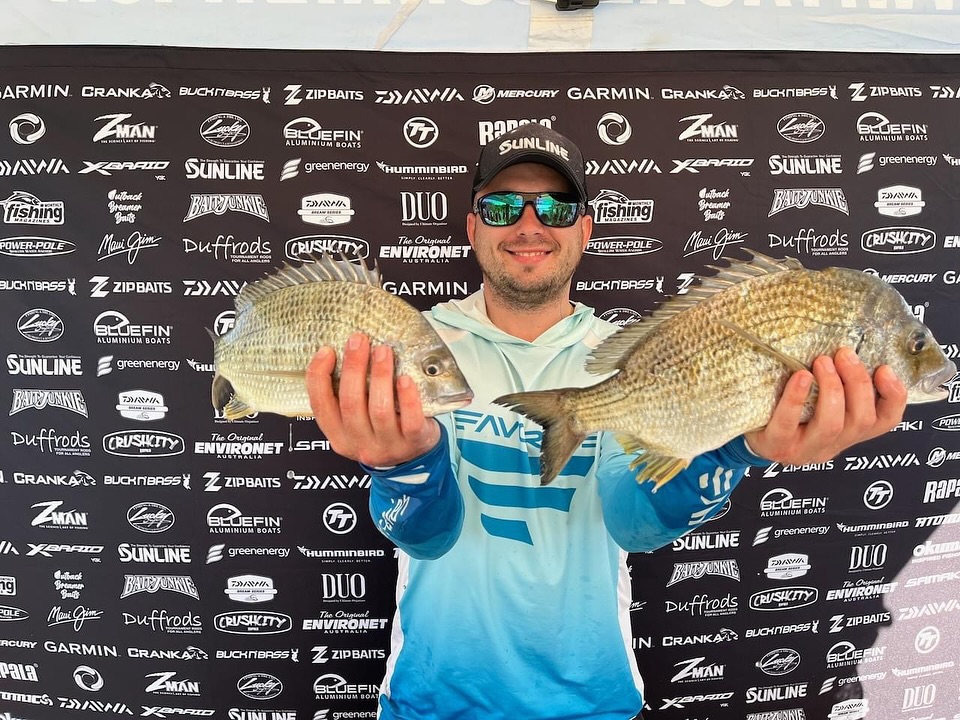Mastering Bream Fishing: Innovative Techniques and Lure Strategies
Fishing for bream is an engaging and rewarding pursuit that challenges anglers to adapt and innovate. Whether you’re a seasoned pro or just starting, understanding the latest techniques and best lures can dramatically improve your catch rates. Here’s a comprehensive guide to mastering bream fishing using innovative methods and lure strategies.
Why Focus on Bream?
Bream are highly sought after by anglers due to their challenging nature and the skill required to catch them. These fish are known for their wariness and can be found in various environments, including estuaries, rivers, and coastal lakes. Successfully targeting bream requires a keen understanding of their behavior and the ability to adapt your techniques to different conditions.
Top Lures for Bream Fishing
- Soft Plastics: Soft plastics have become a staple in bream fishing due to their versatility and lifelike movement. Popular options include Z-Man GrubZ and Berkley Gulp, which can be rigged with different hooks and weights to match the conditions. These lures work exceptionally well in both shallow and deep waters, imitating small fish and crustaceans that bream feed on.
- Blades and Vibes: Blade and vibe lures, such as the EcoGear VX Blades, are designed to emit strong vibrations in the water, attracting bream from a distance. These lures are particularly effective in deeper waters where bream often feed. The key is to use a lift-and-drop technique, allowing the lure to flutter as it falls, imitating injured prey.
- Surface Lures: Fishing with surface lures, like the Jackson Ebi Panic popper, can be thrilling as you watch bream strike aggressively at the water’s surface. This technique is most effective in low-light conditions, such as early morning or late evening, and in areas with plenty of surface activity.
Advanced Bream Fishing Techniques
- Precision Casting: Accurate casting is crucial when fishing for bream, especially when targeting structures such as pontoons, rocks, and submerged timber. Practice casting to specific targets and vary your retrieve speed to find what triggers a response from the fish.
- Twitch and Pause: This technique involves a series of short, sharp twitches followed by a pause, imitating the erratic movement of injured prey. It’s particularly effective with soft plastics and hard-body lures, enticing bream to strike.
- Slow Rolling: This method involves a slow, steady retrieve, keeping the lure close to the bottom. It works well with vibes and soft plastics, allowing the lure to remain in the strike zone longer.
- Scent Enhancement: Adding scent to your lures can increase their attractiveness, especially in murky water where visibility is low. This technique is a game-changer for many anglers, increasing the chances of a bite.
Optimal Gear Setup
- Rods and Reels: Use a light to medium spinning rod, 6’8″ to 7’4″ in length, paired with a 2500-size reel. This setup provides the sensitivity needed to detect subtle bites and the strength to handle larger fish.
- Line and Leader: A braided mainline with a fluorocarbon leader offers the best combination of strength and invisibility, helping you catch more bream in various conditions.
Seasonal Considerations
Understanding the seasonal behavior of bream can greatly enhance your fishing success. During the warmer months, bream are more active in shallow waters and can be found near structures where they feed on small fish and crustaceans. In cooler months, they tend to move to deeper areas, requiring a shift in strategy to target them effectively.
Conclusion
Mastering bream fishing requires a mix of skill, patience, and the right equipment. By experimenting with different lures and techniques, you can increase your success and enjoy the thrill of catching these challenging fish. Stay adaptable, observe your surroundings, and be ready to try new methods to enhance your fishing experience. Happy fishing!
This guide is designed to optimize search engine results by incorporating relevant keywords such as “bream fishing techniques,” “best lures for bream,” and “advanced bream fishing methods.” By focusing on unique content and detailed strategies, this article aims to engage readers and improve visibility in search engine rankings.
